|
Journal: If you had the freedom to travel, to any city or country in the world, where would you go and why? Complete the writing assignment. Today is Thursday, October 13, 2016Journal: At one point in our lives, due to a change of events, we have experienced survival. How did you "survive" during those difficult times? Let's Review: |
|||||||||||||||||||
| the_voyage_of_the_frog__1_.pptx | |
| File Size: | 1123 kb |
| File Type: | pptx |
Today is Wednesday, October 26, 2016
Journal # 27
Do you own anything that you would not give up? What is it? Why would you give it up or not?
Do you own anything that you would not give up? What is it? Why would you give it up or not?
Review:
Vocabulary
- What was the tone of The Voyage of the Frog?
- What was the mood of The Voyage of the Frog?
Vocabulary
Together:
Let's create interactive notes as we read.
At the end...
Are you able to answer questions 1-4 on page 98?
Let's create interactive notes as we read.
At the end...
Are you able to answer questions 1-4 on page 98?
Questions:
Where is David from?
How far away is that?
How did he get so far away?
Why does the young man recognize David?
Who is Henry Pierce?
Why are the people so surprised to see David?
How had people been looking for David?
Is David happy about the thought of going home soon?
What does he miss?
Why does the captain want to leave David's boat?
Why doesn't David want to leave his boat?
How long will it take for David to sail back?
How does David decide to get home?
What is the name of David's boat?
Why did David choose to stay with his boat?
How does he feel about his boat?
What is the second thing that David wants?
What types of things did the people on the research ship give David?
Where is David from?
How far away is that?
How did he get so far away?
Why does the young man recognize David?
Who is Henry Pierce?
Why are the people so surprised to see David?
How had people been looking for David?
Is David happy about the thought of going home soon?
What does he miss?
Why does the captain want to leave David's boat?
Why doesn't David want to leave his boat?
How long will it take for David to sail back?
How does David decide to get home?
What is the name of David's boat?
Why did David choose to stay with his boat?
How does he feel about his boat?
What is the second thing that David wants?
What types of things did the people on the research ship give David?
Today is Thursday, October 27, 2016
No Journal#28
Based on what you read and what you know A.K.A Inference...
Why was David sailing the Frog by himself?
Why is David yelling at the other boat?
Why couldn't the people who were looking for David find him?
Why did people on the other boat wave and kept going?
Would you leave the boat or sail it back? Why?
Do you think sailing the boat back is a good idea? Why?
What kind of trip do you think he would have?
Do you think David will make home safely?
Why does David think he can get home now when he couldn't before?
How do you think David's parent will feel when the captain calls?
How can you tell that the other people on the boat are eager to help David?
What do you think will happen next in the story?
Why was David sailing the Frog by himself?
Why is David yelling at the other boat?
Why couldn't the people who were looking for David find him?
Why did people on the other boat wave and kept going?
Would you leave the boat or sail it back? Why?
Do you think sailing the boat back is a good idea? Why?
What kind of trip do you think he would have?
Do you think David will make home safely?
Why does David think he can get home now when he couldn't before?
How do you think David's parent will feel when the captain calls?
How can you tell that the other people on the boat are eager to help David?
What do you think will happen next in the story?
Today is Friday, October 28, 2016
Journal # 29
What would you have told David, if you were in the Frog with him, and Captain Henry offered to take you home?
What would you have told David, if you were in the Frog with him, and Captain Henry offered to take you home?
Connect:
KWL Chart: Fill in the last column after completing your reading.
Independently:
Gather your answers and put them in complete sentences to create a paragraph.
Please attach your interactive notes.
KWL Chart: Fill in the last column after completing your reading.
Independently:
Gather your answers and put them in complete sentences to create a paragraph.
Please attach your interactive notes.
Today is Monday, October 31, 2016
Journal #30:
If you were stranded on a desert island with one other person how would you survive?
If you were stranded on a desert island with one other person how would you survive?
Vocabulary & Unit 2 Quiz
Today is Tuesday, November 1, 2016
Journal #31:
We take risks everyday. What are some everyday risks that you take?
We take risks everyday. What are some everyday risks that you take?
Review:
Building Background:
The informational text we are going to read in Unit 2, Chapter 3 is called:
To Risk or Not to Risk
by David Ropeik
To take a risk means that you take the chance of getting hurt or losing something. For example, when you travel in a car, you take a risk of getting in an accident.
Some risks are bigger than others. The risk of getting into an accident is bigger while traveling in a car than in an airplane. This means more accidents happen in cars than in airplanes.
The informational text we are going to read in Unit 2, Chapter 3 is called:
To Risk or Not to Risk
by David Ropeik
To take a risk means that you take the chance of getting hurt or losing something. For example, when you travel in a car, you take a risk of getting in an accident.
Some risks are bigger than others. The risk of getting into an accident is bigger while traveling in a car than in an airplane. This means more accidents happen in cars than in airplanes.
Notes:
Did you know...
We use two parts of our brain to decide if something is a risk. We use the limbic system (controls feeling & learning) and the cortex(controls thinking).
The limbic system works faster than the cortex. That is why you get to feel scared before you have time to think about why.
We use two parts of our brain to decide if something is a risk. We use the limbic system (controls feeling & learning) and the cortex(controls thinking).
The limbic system works faster than the cortex. That is why you get to feel scared before you have time to think about why.
Think and Discuss:
Based on the above image:
Which part controls fear?
Which part controls writing a letter?
Play the first 55 seconds of the video and pause it.
What would you do in this situation?
Is your answer based on facts or an opinion?
Did you first react with the limbic system or cortex?
Predict:
What might happen to the people who decide to run the risk and take the two empty seats?
Based on the above image:
Which part controls fear?
Which part controls writing a letter?
Play the first 55 seconds of the video and pause it.
What would you do in this situation?
Is your answer based on facts or an opinion?
Did you first react with the limbic system or cortex?
Predict:
What might happen to the people who decide to run the risk and take the two empty seats?
Independently:
Write a for or against essay on one of these quotes:
Write a for or against essay on one of these quotes:
- “To know what life is worth you have to risk it once in a while” Jean- Paul Sartre
- “The biggest risk is not taking any risk”-Mark Zukerberg
Today is Wednesday, November 2, 2016
Journal #32:
Do you like to take risks? Why or why not?
Do you like to take risks? Why or why not?
To Do List:
- Complete your For and Against Essay
- Fact and Opinion Worksheet
Today is Thursday, November 3, 2016
Journal #33:
What’s the most dangerous thing you’ve ever done?
What’s the most dangerous thing you’ve ever done?
To Do List:
- PowerPoint for Vocabulary (including word, pic, definition & synonym)
Today is Friday, November 4, 2016
Journal #34:
What is the most dangerous area of the place where you live? What makes it dangerous?
What is the most dangerous area of the place where you live? What makes it dangerous?
Review:
-Vocabulary words
-Corrections made to For/Against Essay exchanged
- Look at the cover page to the story-Page 105
What is the heading?
Does this page contain a diagram?
What labels can we add to this page?
Are there any bold words?
What would be a good caption for the picture?
Substitute:
-Text words with synonyms
-Vocabulary words
-Corrections made to For/Against Essay exchanged
- Look at the cover page to the story-Page 105
What is the heading?
Does this page contain a diagram?
What labels can we add to this page?
Are there any bold words?
What would be a good caption for the picture?
Substitute:
-Text words with synonyms
PEP RALLY
Today is Monday, November 7, 2016
Journal# 35
How are risks and survival connected?
How are risks and survival connected?
Review:
Plural ending in -ies
Plural ending in -ies
Period for Abbreviations
Example: U.S.
What do the letters U-S stand for?
What do you notice about the punctuation for this abbreviation?
Note: Abbreviations sometimes have periods after the letters that stand for words.
Example: U.S.
What do the letters U-S stand for?
What do you notice about the punctuation for this abbreviation?
Note: Abbreviations sometimes have periods after the letters that stand for words.
Practice:
Write the plural for each of the words below:
impurity
lady
country
city
family
Abbreviate the following states:
Puerto Rico
Los Angeles
District of Columbia
New York City
Write the plural for each of the words below:
impurity
lady
country
city
family
Abbreviate the following states:
Puerto Rico
Los Angeles
District of Columbia
New York City
Read:
- To Risk or Not to Risk
by David Ropeik
Together:
- Take interactive notes as you read
At the end...
-Are you able to answer questions 1-4 on page 112?
Comprehension Questions:
-What do some scientist think causes humans to be fearful?
-How do most people react to spiders and snakes?
-Why do scientist think this is true?
-If people don't use facts in deciding what to fear, what do they probably use?
-Most people would be more willing to buy a new product that their best friend likes rather than one a sales person is selling. This is an example of which idea?
-How does the author say people react to taking risks they choose?
-Are people likely to be less scared of a wild ride at Six Flags or of being robbed? Why?
-If a person who is afraid of flying has to take a plane, what idea from the article might make him/her less fearful?
-What can people do to avoid deciding about risks based on feeling?
-What is the smartest thing we could do if we have to decide whether to take a risk?
Distinguish Fact from Opinion-
-Is the statement "The chances of being bitten by a spider are pretty low" a fact or an opinion?
-Spring water is safer than water from a city tap. Is this a fact or an opinion? How can you tell?
-Is the statement " I think skateboarding is safer than eating tomatoes treated with chemicals" a fact or an opinion? How can you tell?
-Explain how the statement "Skiing is risky, but it's fun" is both a fact and an opinion.
-"You can probably come up with other biases. The more you think about it, the more interesting the psychology of fear becomes." Does this paragraph contain facts or opinions?
- To Risk or Not to Risk
by David Ropeik
Together:
- Take interactive notes as you read
At the end...
-Are you able to answer questions 1-4 on page 112?
Comprehension Questions:
-What do some scientist think causes humans to be fearful?
-How do most people react to spiders and snakes?
-Why do scientist think this is true?
-If people don't use facts in deciding what to fear, what do they probably use?
-Most people would be more willing to buy a new product that their best friend likes rather than one a sales person is selling. This is an example of which idea?
-How does the author say people react to taking risks they choose?
-Are people likely to be less scared of a wild ride at Six Flags or of being robbed? Why?
-If a person who is afraid of flying has to take a plane, what idea from the article might make him/her less fearful?
-What can people do to avoid deciding about risks based on feeling?
-What is the smartest thing we could do if we have to decide whether to take a risk?
Distinguish Fact from Opinion-
-Is the statement "The chances of being bitten by a spider are pretty low" a fact or an opinion?
-Spring water is safer than water from a city tap. Is this a fact or an opinion? How can you tell?
-Is the statement " I think skateboarding is safer than eating tomatoes treated with chemicals" a fact or an opinion? How can you tell?
-Explain how the statement "Skiing is risky, but it's fun" is both a fact and an opinion.
-"You can probably come up with other biases. The more you think about it, the more interesting the psychology of fear becomes." Does this paragraph contain facts or opinions?
Tuesday, No School
Today is Wednesday, November 9, 2016
Journal# 36:
How do you determine whether you are going to take a risk or not?
How do you determine whether you are going to take a risk or not?
Review:
Transition Words
Authors use transition words to help connect ideas. These words help organize your sentences and paragraphs and blend them into larger units of text. You can use transition words to contrast ideas. But, however, and even though are transition words. They show that you are about to read a different idea.
For example:
First Idea-
Jo went to the party.
Second Idea-
However, she did not have fun.
Usually people have fun at parties. However shows that you will read a different idea: Jo did not have fun at the party.
Transition Words
Authors use transition words to help connect ideas. These words help organize your sentences and paragraphs and blend them into larger units of text. You can use transition words to contrast ideas. But, however, and even though are transition words. They show that you are about to read a different idea.
For example:
First Idea-
Jo went to the party.
Second Idea-
However, she did not have fun.
Usually people have fun at parties. However shows that you will read a different idea: Jo did not have fun at the party.
Vocabulary
| esl-to_risk_or_not_to_risk.pptx | |
| File Size: | 8424 kb |
| File Type: | pptx |
Let's Practice:
Word Bank:
for example finally but so to the left beyond still
1. I would like to see you tomorrow, _______________ let’s have lunch together.
2. My sister loves to eat, _______________ I don’t care much about food. 3. When you begin an exercise program, you must be careful not to overdo it. My father, _______________, hurt his back by exercising too hard without warming up first.
4. She had looked everywhere for a job; _______________, she was called for an interview.
Word Bank:
third similarly nevertheless however as a result then therefore for instance
5. She had been studying for hours. _______________, she hoped to do well on the test.
6. First, Mary went to the store. _______________, she went to visit her mother.
7. I would like to read many books; _______________, I don’t seem to have enough time to read.
8. John ate and ate; _______________, he never gained weight.
9. Joe ate too fast. _______________, he had indigestion.
Word Bank:
in contrast consequently until then in fact third meanwhile furthermore first
10. He stayed up too late last night; _______________, he slept until noon. 11. I want you to buy milk, eggs, and fruit juice; _______________, I want you to be sure to get cereal and ice cream.
12. I was concentrating on my homework. _______________, the soup boiled over.
13. _______________, I will boil the water. Second, I will brew the tea, and _______________, I will serve it.
14. Joe, _______________, happens to be my best friend.
15. Jane studies all the time; _______________, Billy never studies.
Word Bank:
for example finally but so to the left beyond still
1. I would like to see you tomorrow, _______________ let’s have lunch together.
2. My sister loves to eat, _______________ I don’t care much about food. 3. When you begin an exercise program, you must be careful not to overdo it. My father, _______________, hurt his back by exercising too hard without warming up first.
4. She had looked everywhere for a job; _______________, she was called for an interview.
Word Bank:
third similarly nevertheless however as a result then therefore for instance
5. She had been studying for hours. _______________, she hoped to do well on the test.
6. First, Mary went to the store. _______________, she went to visit her mother.
7. I would like to read many books; _______________, I don’t seem to have enough time to read.
8. John ate and ate; _______________, he never gained weight.
9. Joe ate too fast. _______________, he had indigestion.
Word Bank:
in contrast consequently until then in fact third meanwhile furthermore first
10. He stayed up too late last night; _______________, he slept until noon. 11. I want you to buy milk, eggs, and fruit juice; _______________, I want you to be sure to get cereal and ice cream.
12. I was concentrating on my homework. _______________, the soup boiled over.
13. _______________, I will boil the water. Second, I will brew the tea, and _______________, I will serve it.
14. Joe, _______________, happens to be my best friend.
15. Jane studies all the time; _______________, Billy never studies.
Together Read:
Goldilocks and the Three Bears
1. Read the story with your partner.
2. You should notice that some words and phrases are missing.
3. Using the bridges handout, cut each out and discuss with your partner where to place the words or phrases so that the story flows smoothly.
4. There are more bridges than you need.
5. Glue into place. Re-read the story.
Goldilocks and the Three Bears
1. Read the story with your partner.
2. You should notice that some words and phrases are missing.
3. Using the bridges handout, cut each out and discuss with your partner where to place the words or phrases so that the story flows smoothly.
4. There are more bridges than you need.
5. Glue into place. Re-read the story.
Independently:
Excerpt from this world we live in by Susan Beth Pfeffer
Excerpt from this world we live in by Susan Beth Pfeffer
Today is Thursday, November 10, 2016

Journal #37:
If you are forced to spend the night outside in harsh and unpredictable weather - what is the first thing you should do?
If you are forced to spend the night outside in harsh and unpredictable weather - what is the first thing you should do?
Notes:
Present Tense and Subject-Verb Agreement
We use the present tense of verbs to talk about things that are generally true or that happen regularly.
Present Tense and Subject-Verb Agreement
We use the present tense of verbs to talk about things that are generally true or that happen regularly.
When the subject of a statement is he, she or it, or a singular noun, you add an s to present tense verbs.
Practice:
Present Tense and Subject Verb Agreement Worksheet
Present Tense and Subject Verb Agreement Worksheet
No School on Friday-Veteran's Day
Today is Monday, November 14, 2016
Journal # 41:
You are out in the wild, with a group of people, fighting for your survival. Assuming that you weren’t the unfortunate victim of a larger survival/criminal group, that wanted what you had and possessed the skills or luck to take it from you, what if you encountered people who wanted to be a part of your group? What are some questions you can ask yourself to decide if someone is worthy of coming into your group?
You are out in the wild, with a group of people, fighting for your survival. Assuming that you weren’t the unfortunate victim of a larger survival/criminal group, that wanted what you had and possessed the skills or luck to take it from you, what if you encountered people who wanted to be a part of your group? What are some questions you can ask yourself to decide if someone is worthy of coming into your group?
Vocabulary Quiz
Review:
Present tense and subject verb agreement.
Present tense and subject verb agreement.
Practice:
Subject-Verb Agreement: Compound Subject Worksheet
Subject-Verb Agreement: Compound Subject Worksheet
Today is Tuesday, November 15, 2016
Journal # 42:
If you had to leave your house as an emergency measure and all you can take is a book bag, what would you carry in it?
If you had to leave your house as an emergency measure and all you can take is a book bag, what would you carry in it?
Read:
Two Days With No Phone
Two Days With No Phone
Together:
Find synonyms to the words that you do not know or understand.
Find synonyms to the words that you do not know or understand.
Independently:
Complete the 5 questions in the back by responding in full sentences and utilizing textual evidence.
Complete the 5 questions in the back by responding in full sentences and utilizing textual evidence.
Today is Wednesday, November 16, 2016
Journal #43
Today we celebrate Button Day. If there were no buttons on your clothing, what would you use to substitute? Explain and draw a picture.
Today we celebrate Button Day. If there were no buttons on your clothing, what would you use to substitute? Explain and draw a picture.
Review:
Let's Practice:
1. I (need/needs) a rest.
2. She (need/needs) a holiday vacation.
3. They (need/needs) to go home.
4. Sarah (need/needs) to read more.
5. I (have/has) to see a doctor.
6. Ann (have/has) a bad back.
7. We (like/likes) to watch TV.
8. He (like/likes) to play football.
9. You (need/needs) to look harder.
10. Miguel (want/wants) more time.
11. Jane and Bill (make/makes) sofas and chairs.
12. The car (need/needs) to be washed.
13. I (want/wants) to learn Spanish.
14.They (say/says)they're going tomorrow.
15. He (say/says) he wants to move to a different seat.
1. I (need/needs) a rest.
2. She (need/needs) a holiday vacation.
3. They (need/needs) to go home.
4. Sarah (need/needs) to read more.
5. I (have/has) to see a doctor.
6. Ann (have/has) a bad back.
7. We (like/likes) to watch TV.
8. He (like/likes) to play football.
9. You (need/needs) to look harder.
10. Miguel (want/wants) more time.
11. Jane and Bill (make/makes) sofas and chairs.
12. The car (need/needs) to be washed.
13. I (want/wants) to learn Spanish.
14.They (say/says)they're going tomorrow.
15. He (say/says) he wants to move to a different seat.
Independently:
Write an Informational Text
Write an Informational Text
- Make a list of "expert topics" or topics you could write about without doing any research.
- Chose a topic you know a lot about, care about and would be interesting to others.
- Then spend time breaking down your topic into 3-5 subtopics, that would ultimately become the "chapters" in their books.
- Write out a table of contents. Try to think of clever ways to write the headings on the contents page so they would capture the attention of a reader.
- Worked on writing an introduction for their books. Introduce the topic while also captivating the reader's attention.
- Create your own glossary (make the words "bold" within the text).
- 1 Chapter must be descriptive (chose a chapter from their table of contents that would be best written with a descriptive structure).
- 1 Chapter must be sequential (chose a chapter from their table of contents that would be best suited to a sequential structure).
- 1 Chapter must be compare/contrast (chose a chapter that would work well with a compare/contrast structure).
- Incorporate sketches or draft illustrations.
- Finish up with a conclusion.
- Make an outline to organize your ideas.
- Use questions to get readers involved.
- Write answers to your questions. The answers should include details.
- Make sure subjects and verbs agree.
- Write 5-7 sentences minimum per paragraph.
- Use the present tense. Be sure your verbs agree with your subjects.
- Use transition words to help organize your paragraphs and to blend your paragraphs together.
Today is Tuesday, November 29, 2016
0 Comments
Humanities Syllabus
| skillsinacademicenglishsyllabus.pdf | |
| File Size: | 91 kb |
| File Type: | |
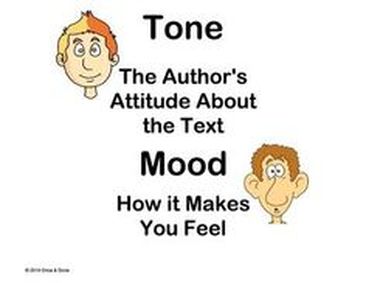

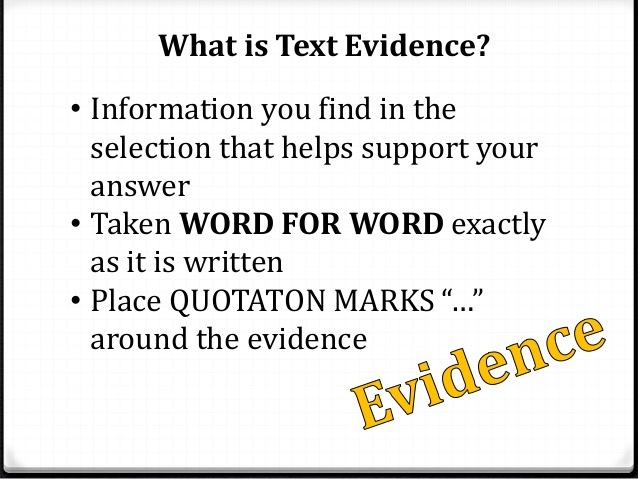
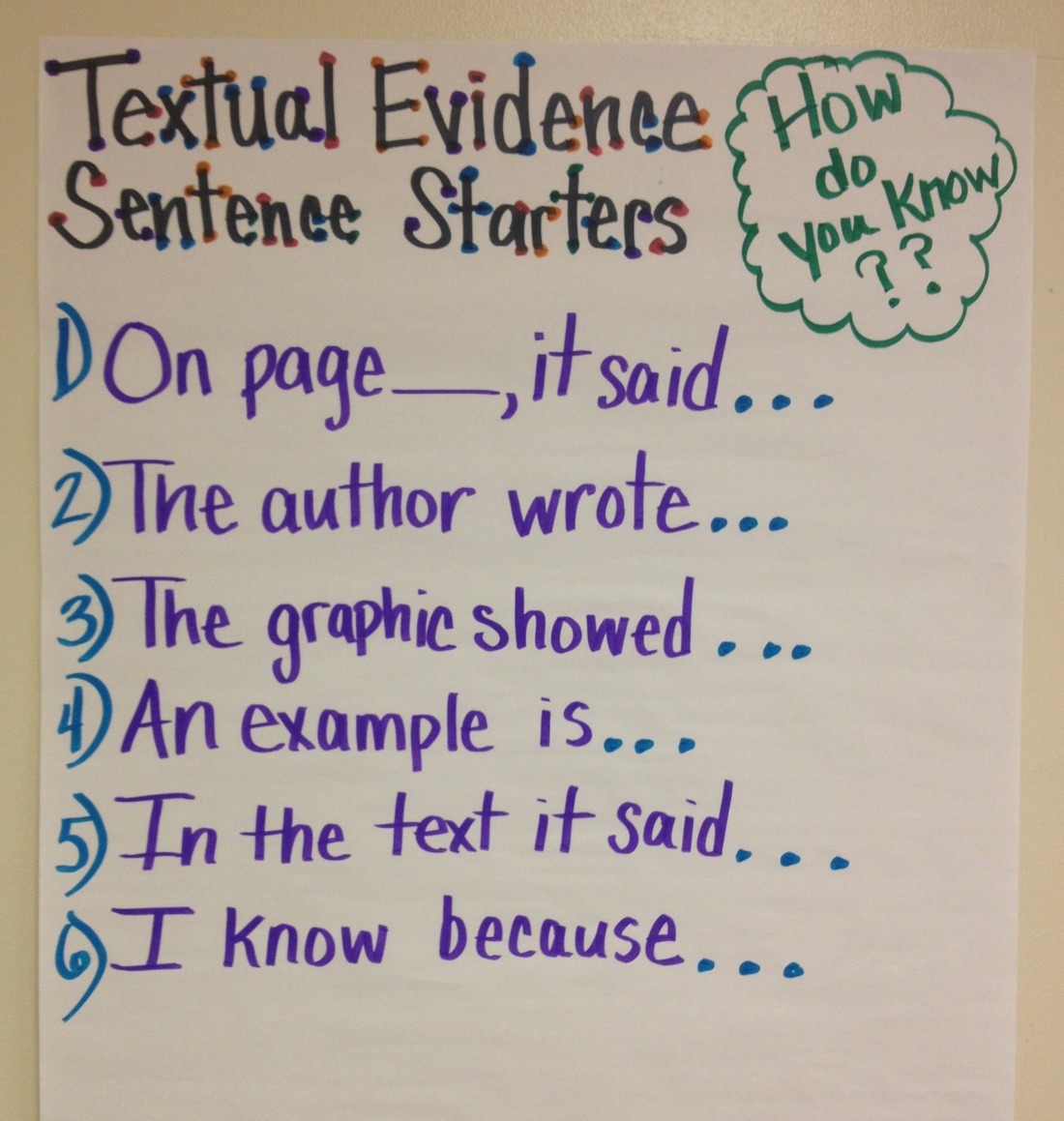
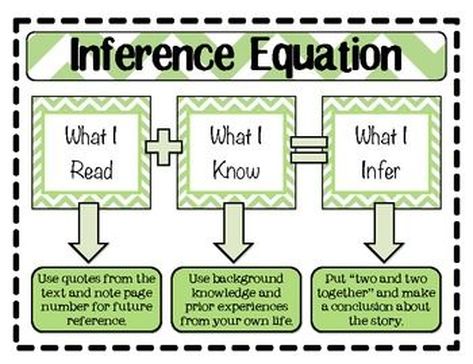
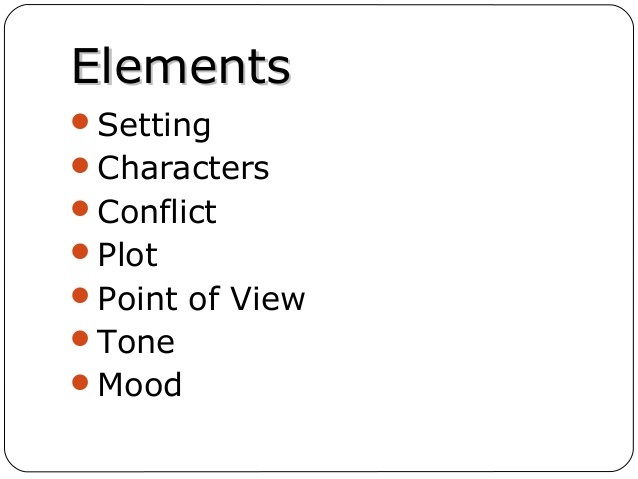
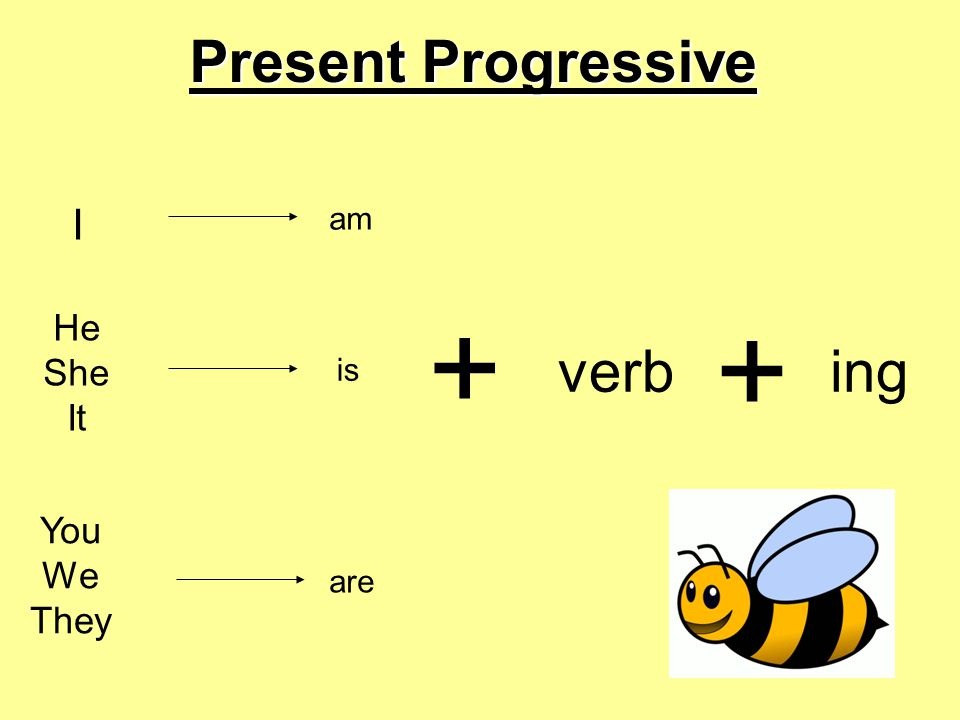
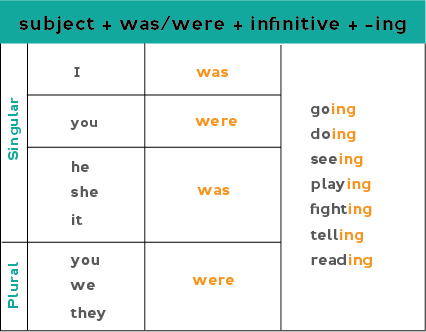
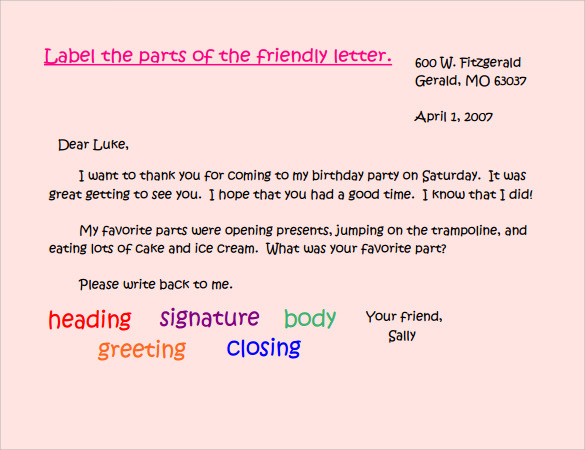
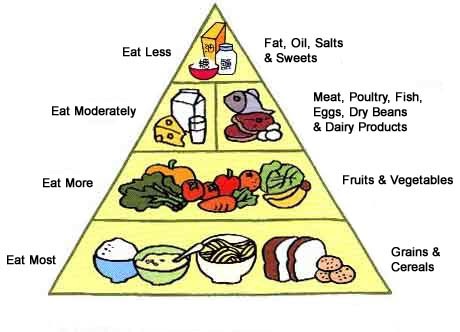
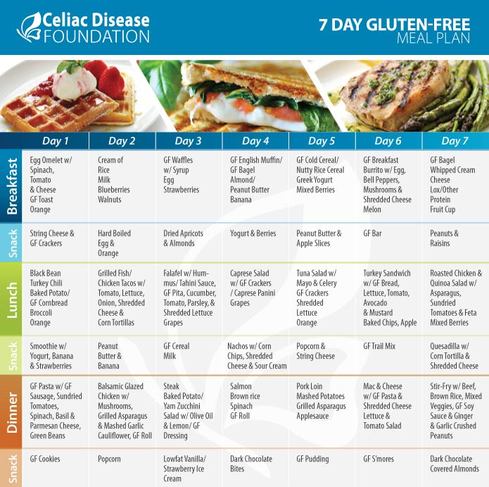
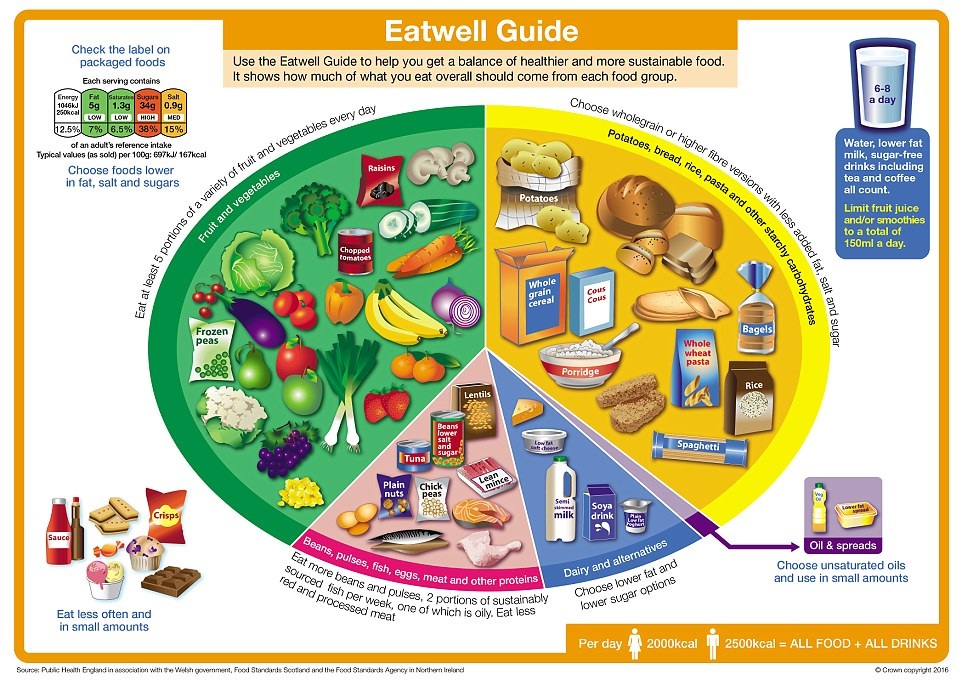
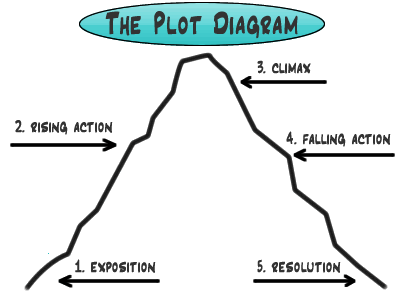
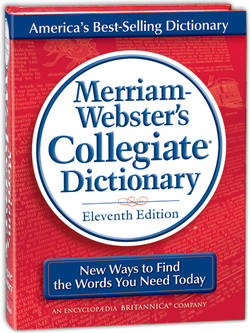
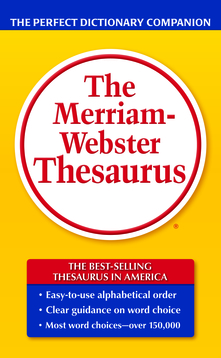
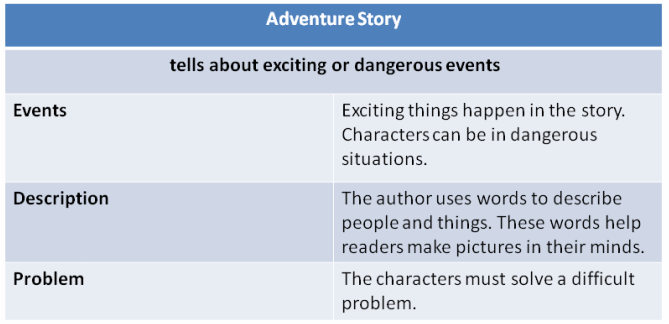
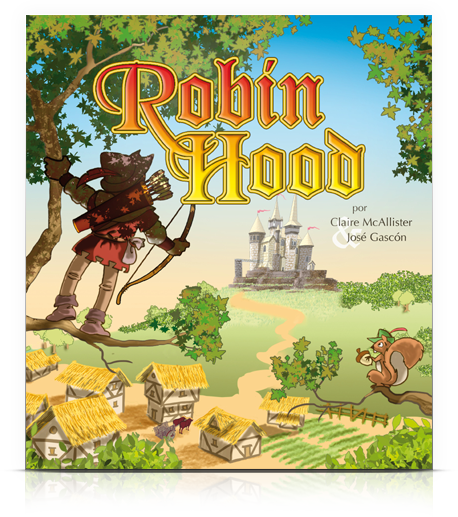


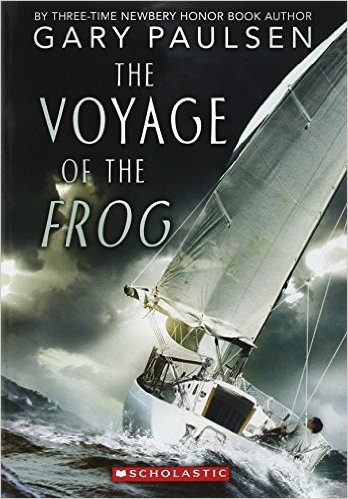
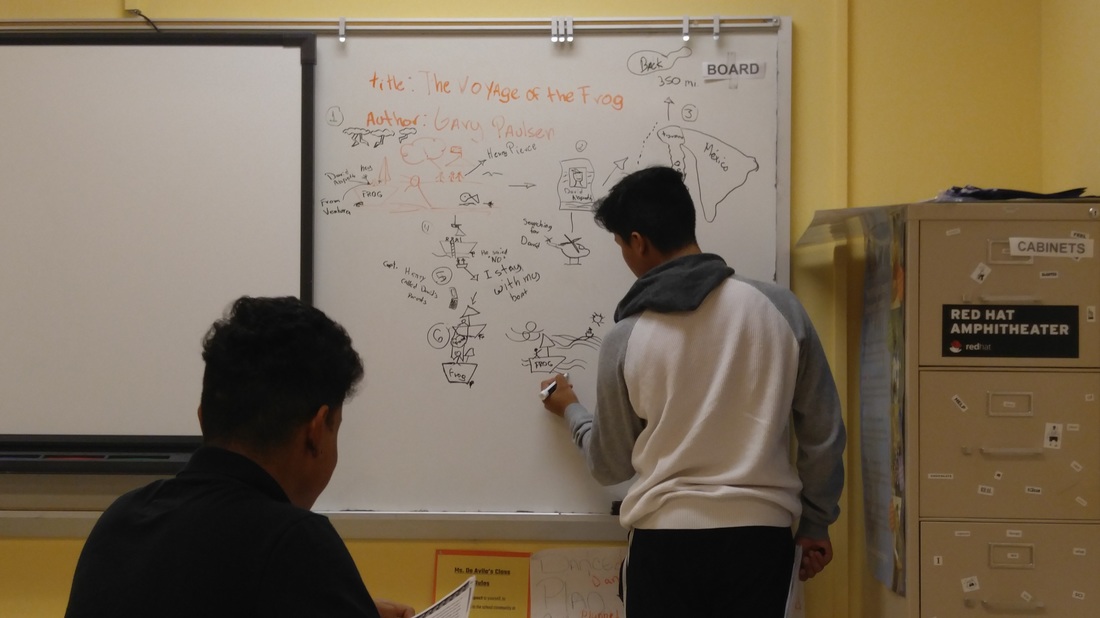
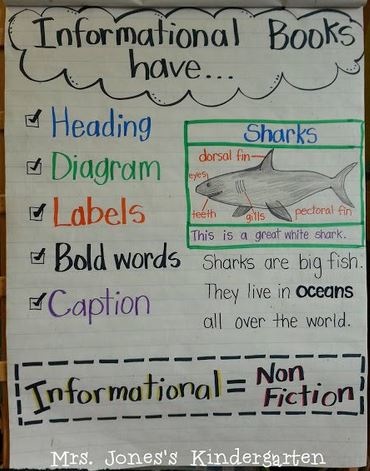
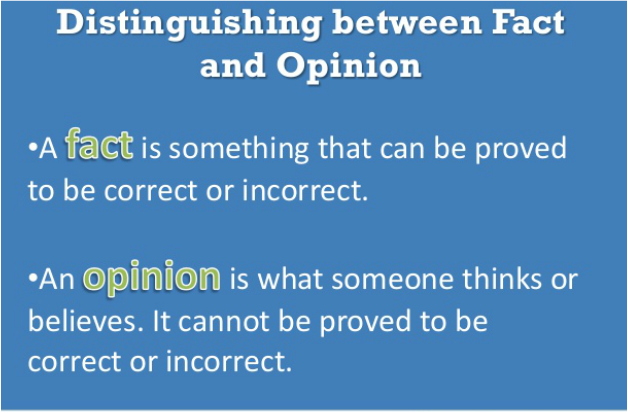
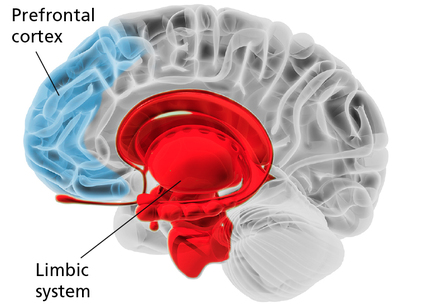
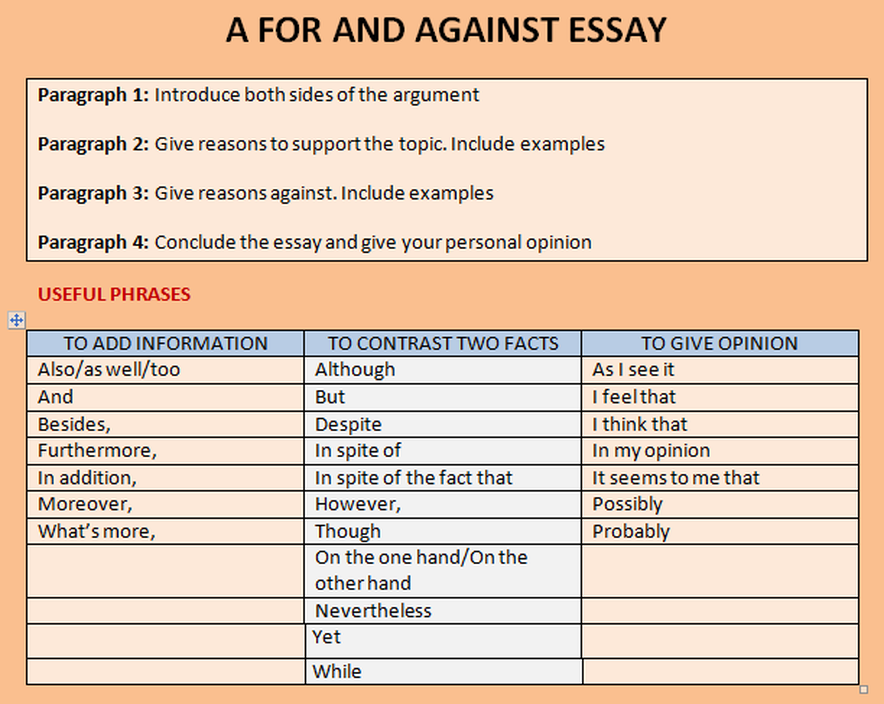
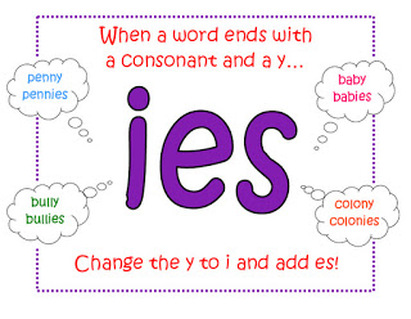
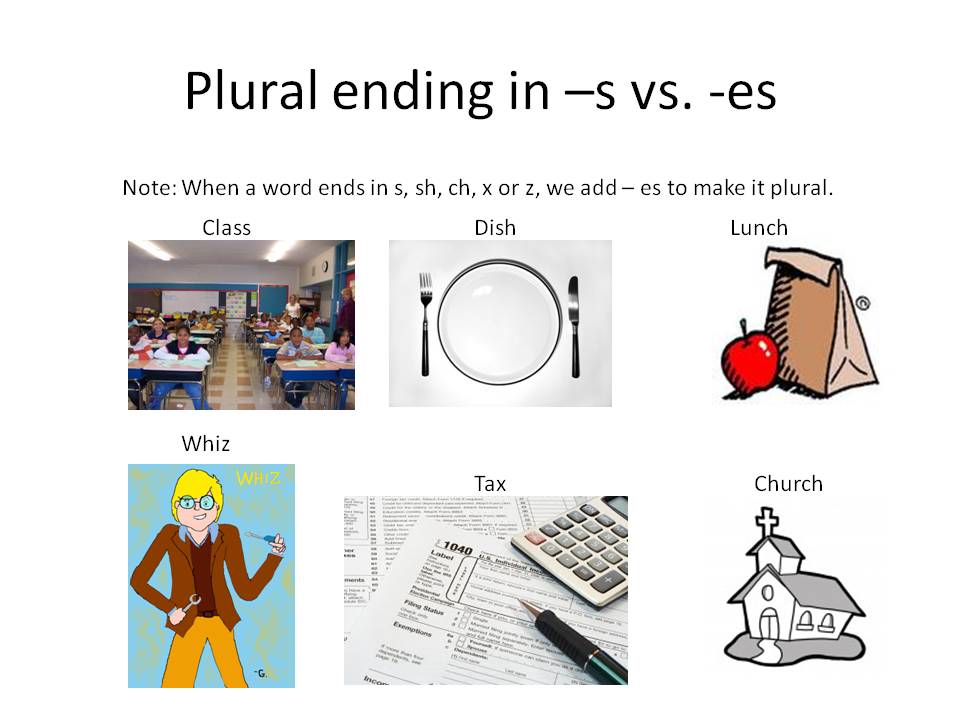
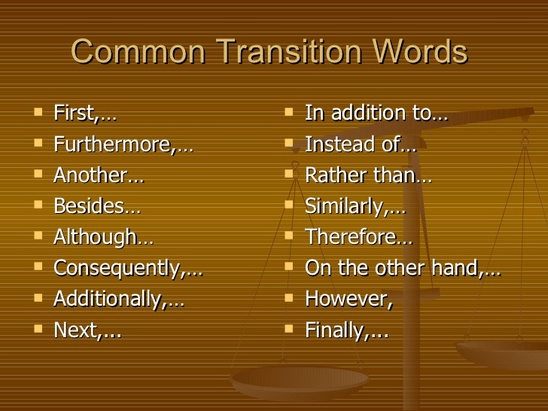
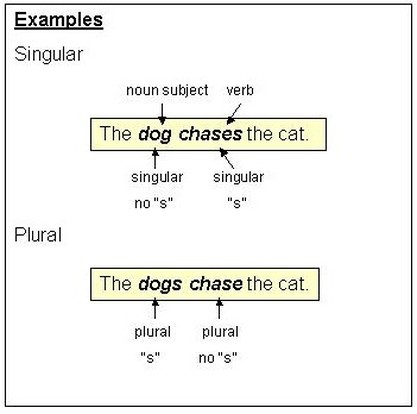
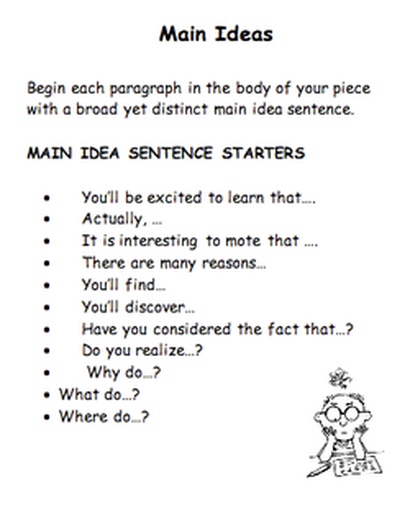
 RSS Feed
RSS Feed
